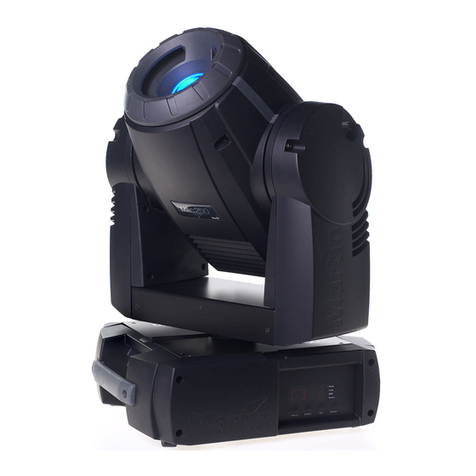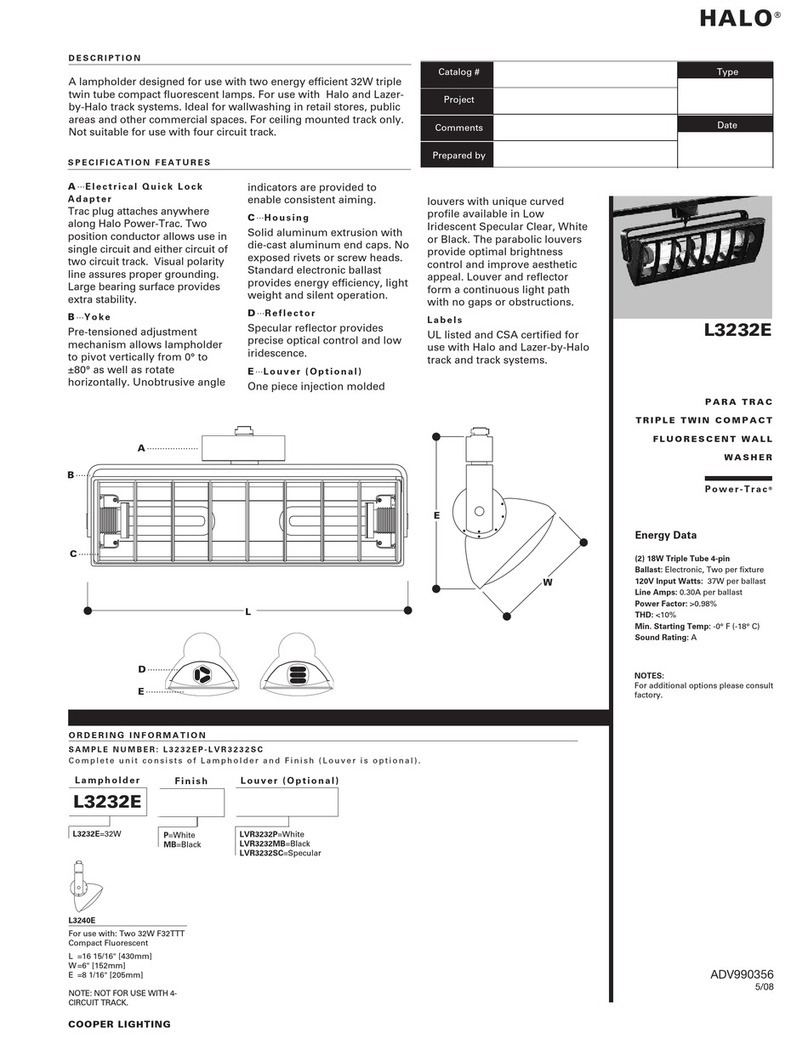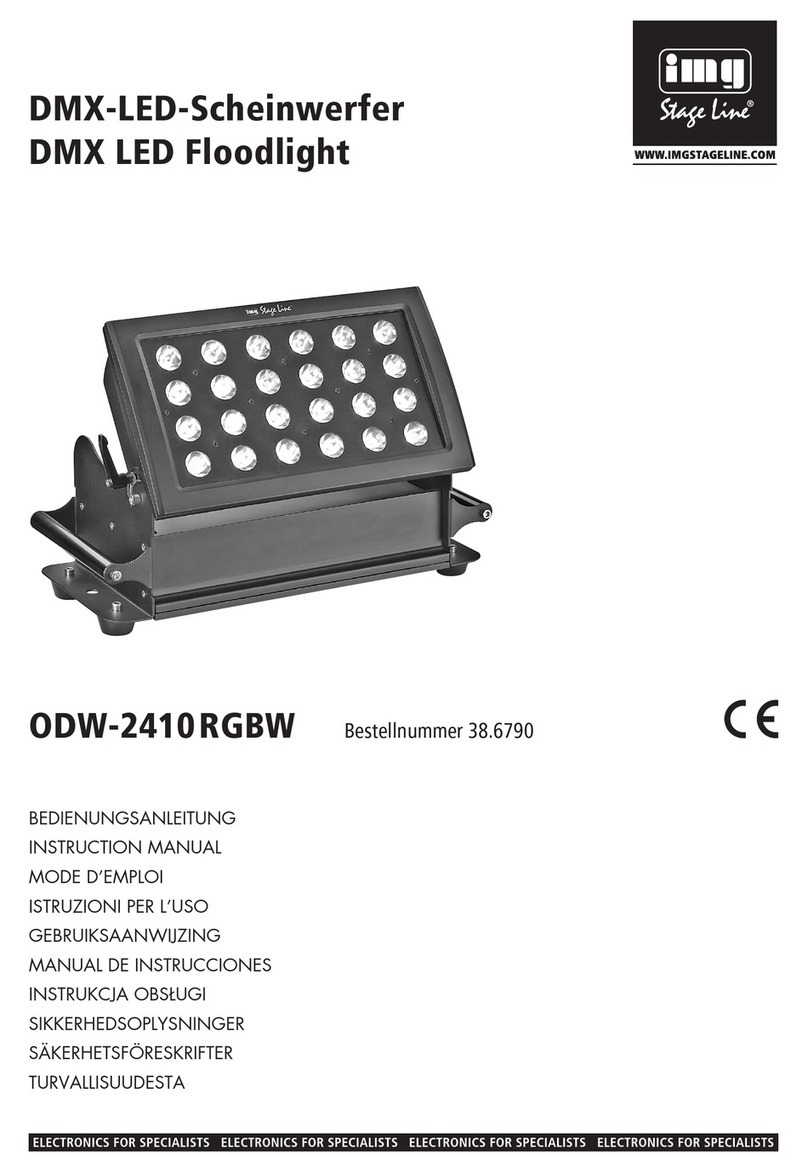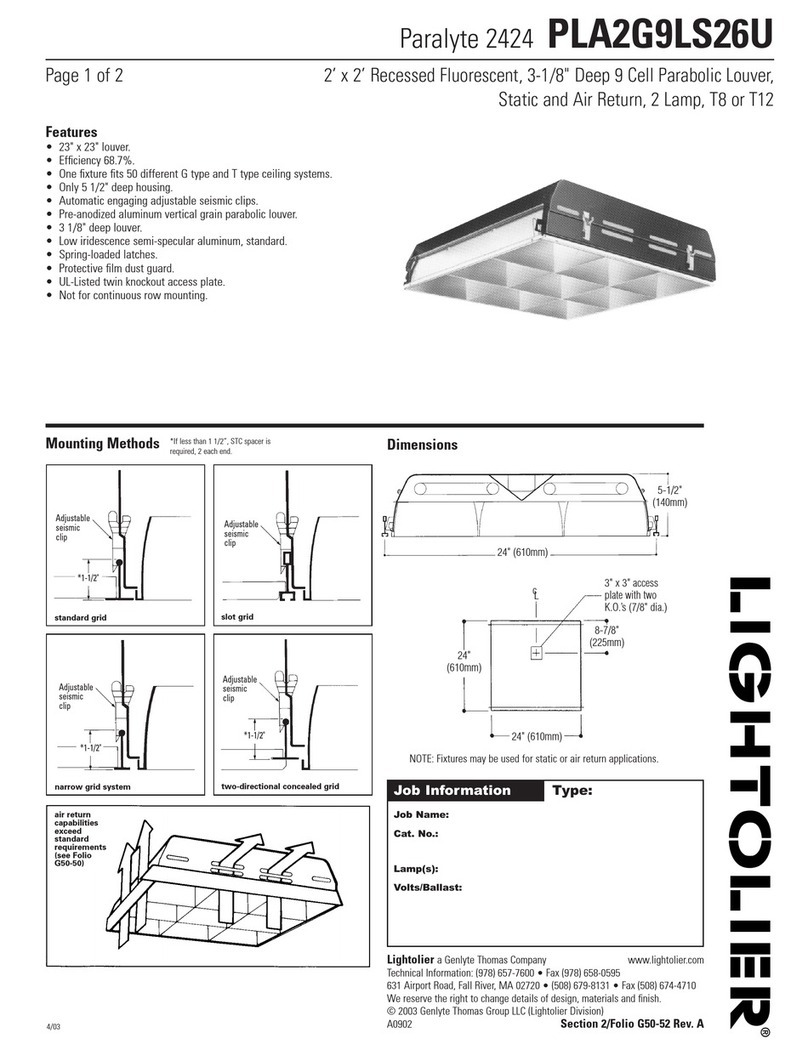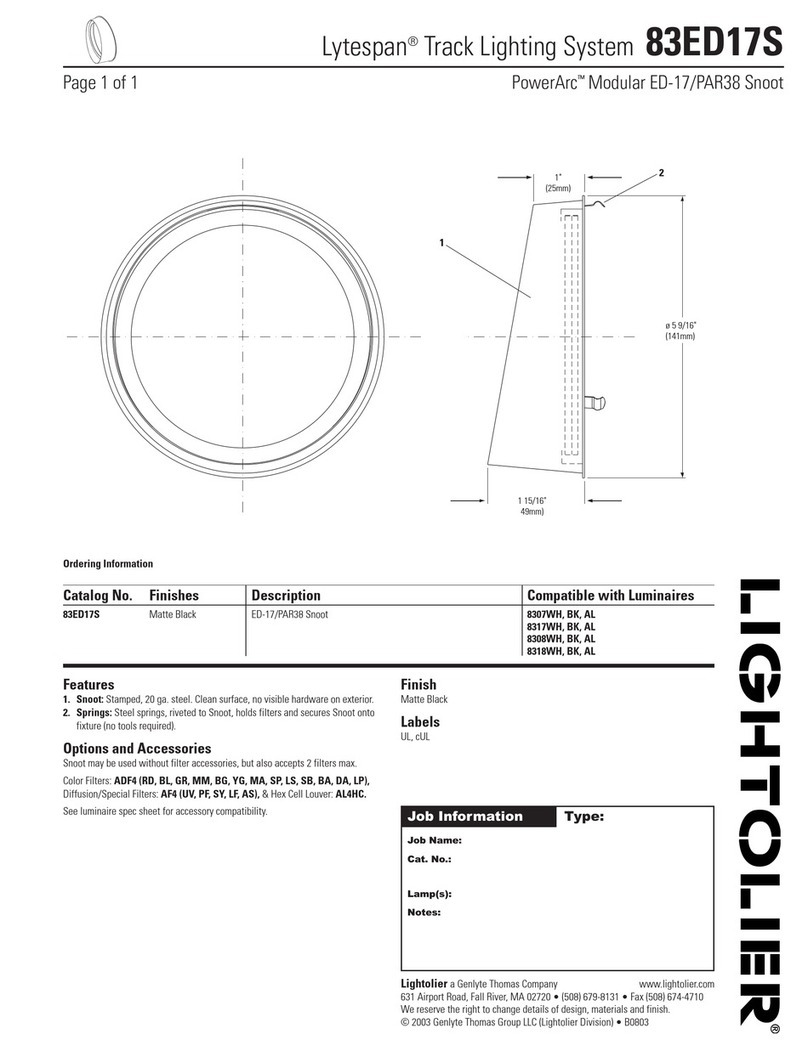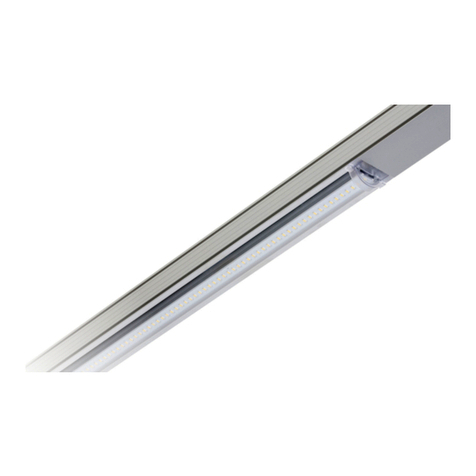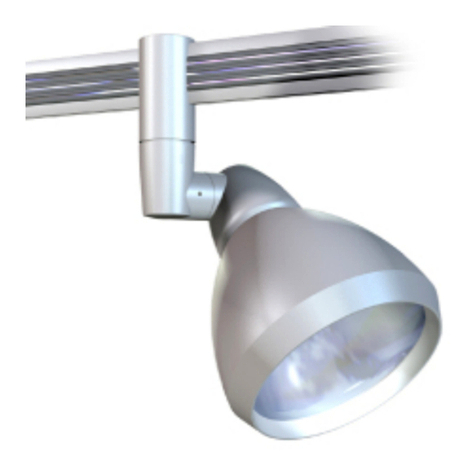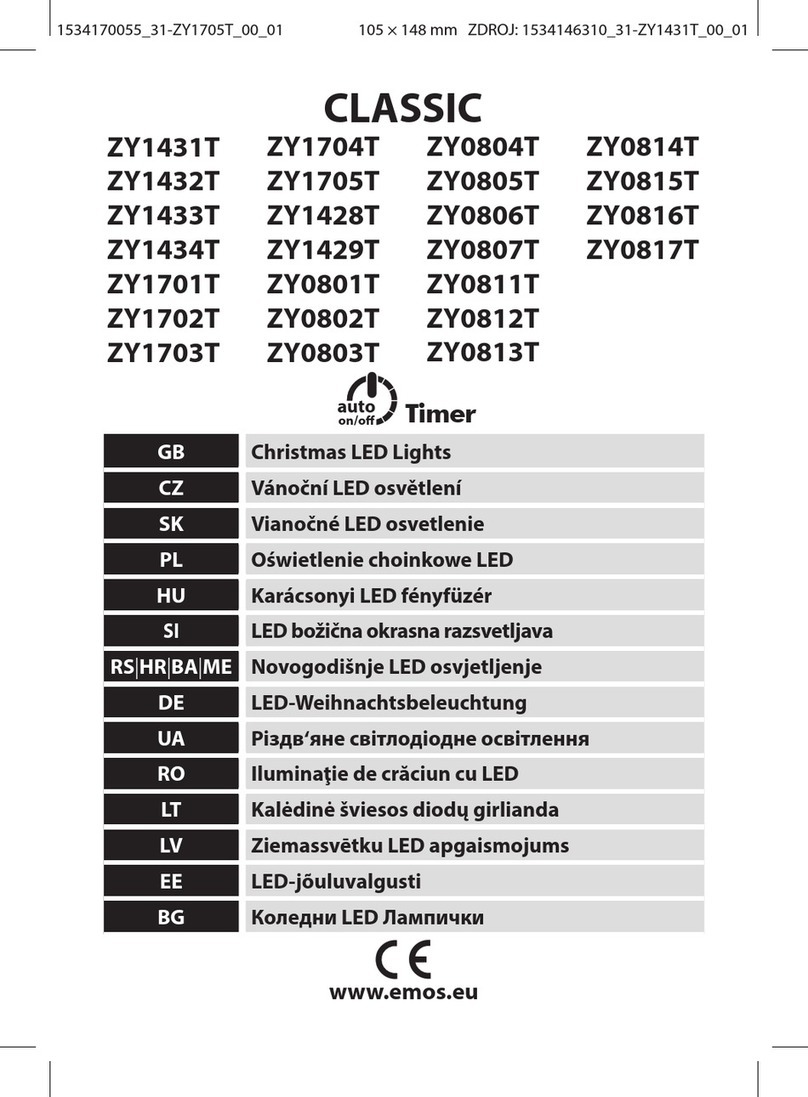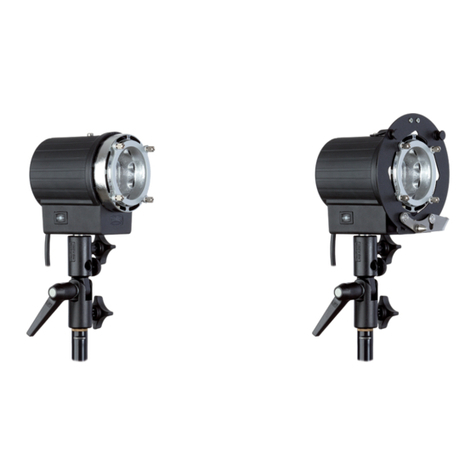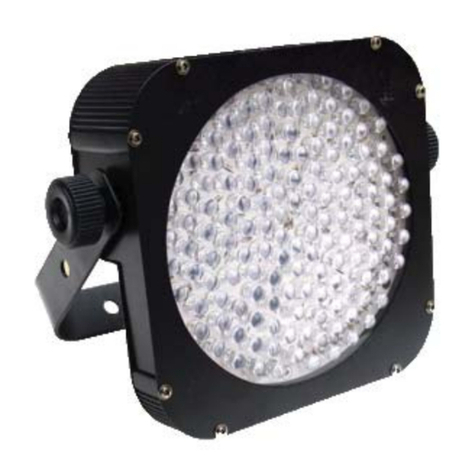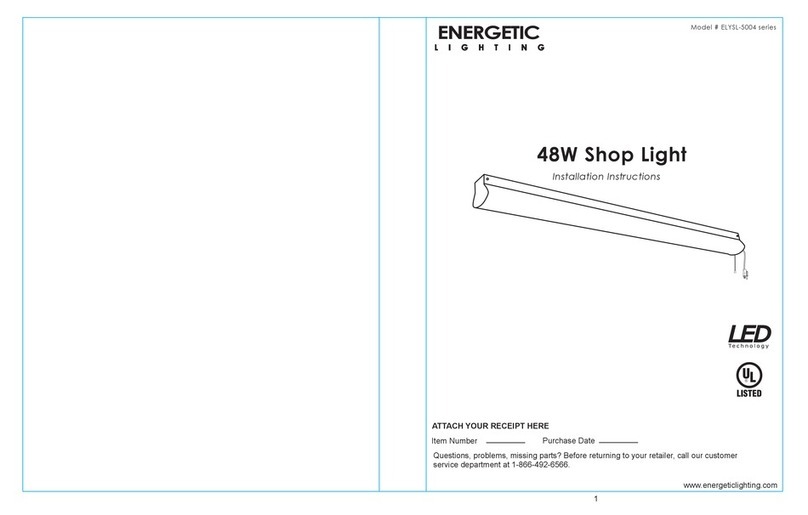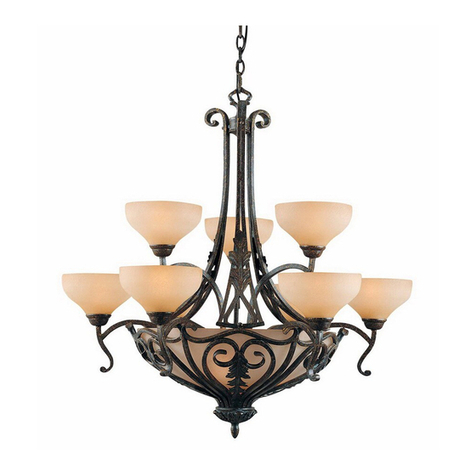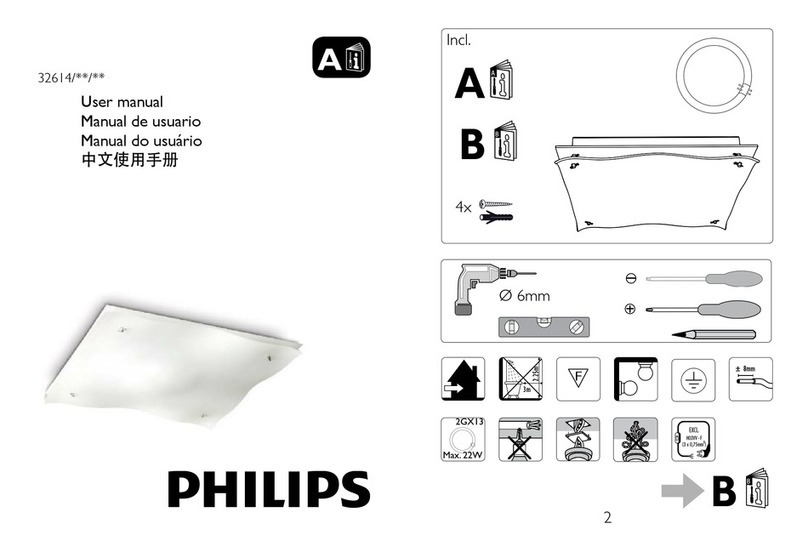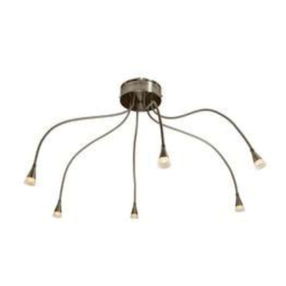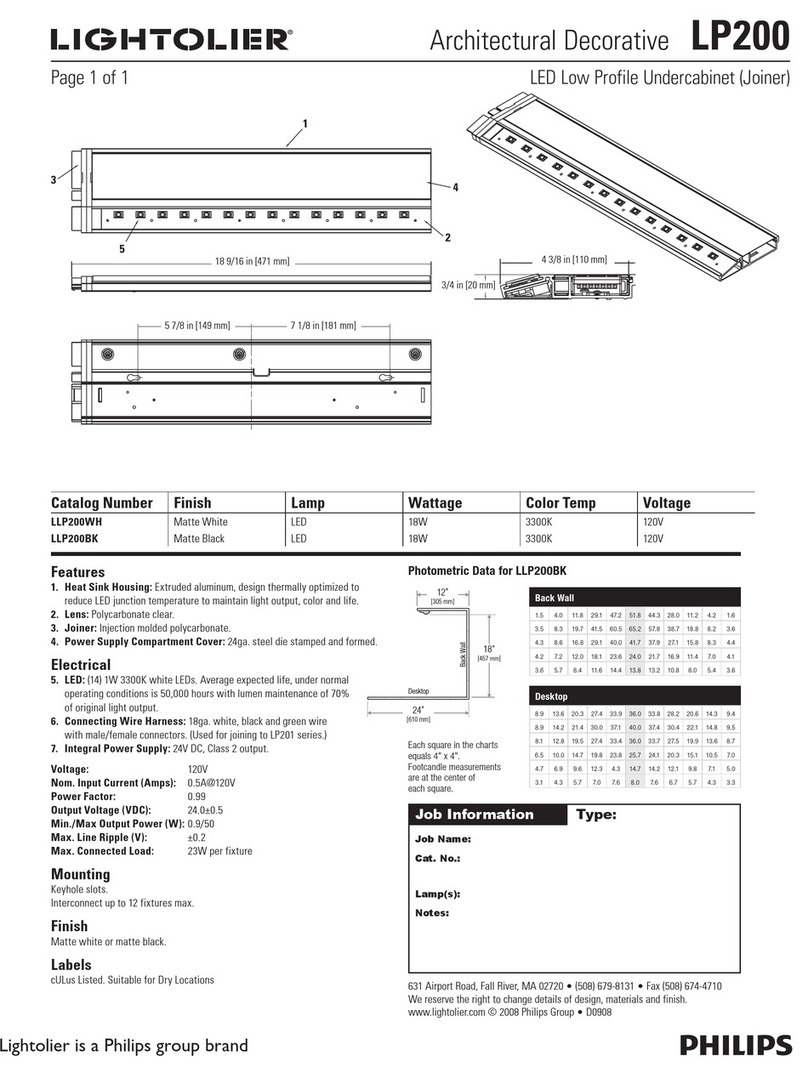5
•Sudden tempeatuedieences can causecondensation ate in the unit n such
situations the equipment must emain in aellentilated place o 1houto
acclimatise to thene tempeatue eoe statup
•Do not opeatethe units in an enionment hee thee is ais o eplosion
•The monolight should not e opeated in o nea ate Attention: high oltage
•The monolight and the lamps should not e immesed in ateoothe liquids
t could cause an electic shoc
•Remoe the tanspot potection cap on the ont sideothe lamp eoe connecting
it to the monolight
•Fosaeteasons nee opeate the monolight ithout the potecting glass in place
coated potecting glasses o coated lash tues must e utilised as a
potection against adiation o ees and sin
•eoe opeationthe monolight has to e astenedonastand o asuspension
deiceThe lamp must e loced tighteningthe mounting sce
•nlsandilled uses o the tpe indicated on the saettpeplate ma e used
Sandilleduses can e identiied thei opaqueuse od
ith incoect use potection the halogen lamp maust
•Filtes o diusos should not e astened diectlonthe lashtue halogen
modelling lamp o potectingglass
•Do not opeate the appliance ith adamaged eathed cale. ales hich ae
damagedotisted must e eplaced
•Theunit must onleconnected to an eathed socetoanemegenc poe
geneato
• an etension cale is necessa acale ith acuent ating at least equal to that
o the applianceshould e used. alesated o less ampeage than the appliance
ma oeheat. hen using acale eel it must e completel unolled eoe use to
peent oeheating o the cale
•The unit is suitale o opeation ith amotogeneato poided thatthe oltage lies
ithin all the load conditions including capacitie load and ithin the toleance limit
o 0064 espectiel1 Fomepeience this means that onlelectonic
stailisedmoto geneatos ae to e utilised henopeating on unstailised moto
geneatos oltage peas o 00 and moe hae een oseed This can lead to
damageso hich e assume no liailit
•Do notopeate the monolight inside aag o ao
•The entilation slits on the unitoonthe lamp should not e coeed
•a attention hen laing cleaing aa o olling up cales that the do not contact
hot suaces o pats o lamps and that the ill not e tipped oe pesons
•Do not touch the connection socetso mains cale andlampoutlets on the
monolight and do not poe in them ith metal oects
•Flash tuesmodelling light halogen lampsand potecting glasses heat up to ahigh
opeating tempeatuethis also applies to theont side o the monolight Theeoe
the attachments also assume high tempeatues andle ith cae ontact ith hot
components can causeinuies
•Do not come into contact ith glass o metalhilst opeating the lash light sstem

